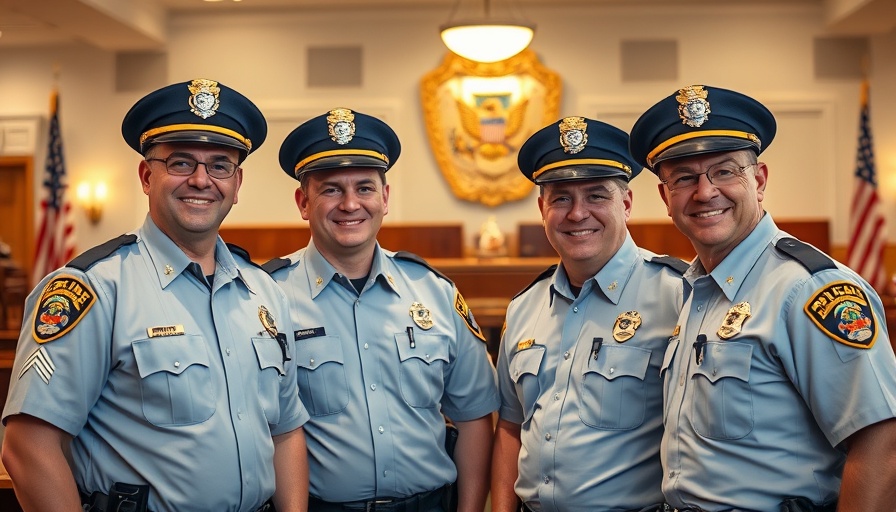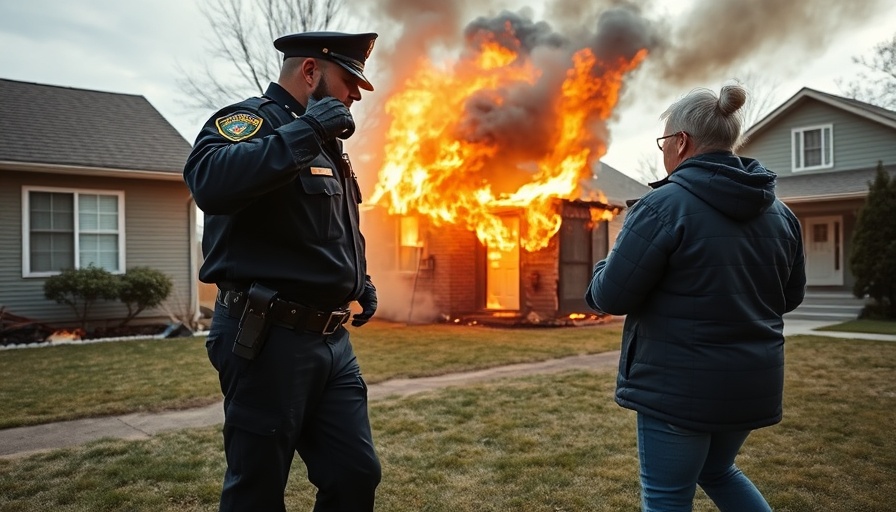
Understanding the Incident: A Snapshot of Events
Recently, the Chicago police department faced a critical situation when an officer was shot during a struggle with a suspect. This encounter unfolded during an attempted arrest, which prompt the question: how can law enforcement better equip officers to handle volatile situations? Body-worn cameras captured the incident, providing invaluable insights into officer safety and suspect behavior.
Insights from Body-Worn Cameras
Body-worn cameras (BWCs) are changing the landscape of policing. They enhance transparency and accountability, but their role extends beyond documentation. In this Chicago incident, video footage helped clarify the actions leading up to the officer's wounding. Using such technology, departments can analyze encounter dynamics and integrate findings into training protocols.
Implications for Officer Safety
The fact that a suspect's weapon discharged during a physical struggle raises concerns about procedural training for officers. Many law enforcement agencies are actively revisiting their training approaches to ensure that officers can safely disarm suspects or minimize risks during encounters. Incorporating realistic simulations that reflect authentic scenarios—like the one in Chicago—can enhance preparedness and resilience.
Future Trends: Evolving Police Technology
As public safety agencies embrace technology, AI and analytics are set to transform police procedures. Algorithms can help predict high-risk encounters and provide officers with preemptive strategies. Imagine a world where technology assists officers in making more informed decisions, ultimately maintaining officer wellness. These advancements warrant discussions in law enforcement leadership forums about budget allocations for tech improvements.
Engaging the Community: Building Trust through Transparency
Incidents like the shooting underscore the importance of trust between law enforcement and the communities they serve. Police-community relations can improve by sharing footage and insights from such incidents with the public. When citizens are informed, they are more likely to engage positively with law enforcement, potentially paving the way for collaborative safety initiatives.
Conclusion
In the aftermath of the tragic incident in Chicago, law enforcement agencies must not only focus on officer safety through effective training and technology but also prioritize relationship building within communities. By doing so, they can foster a climate of understanding and support, which is vital for the preservation of public trust. Engaging in such initiatives is crucial as the conversations around police reform and accountability continue to grow in significance.
 Add Row
Add Row  Add
Add 

 Add Element
Add Element 


Write A Comment